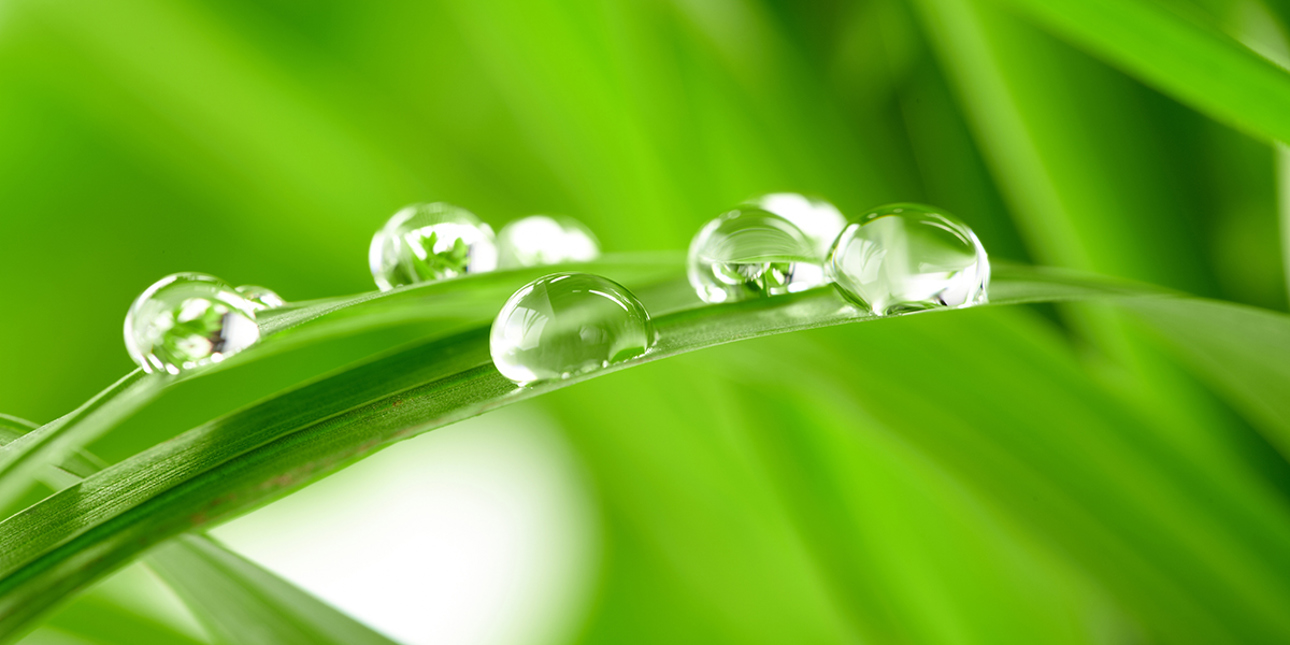Forward with more water-efficient paper mills
Mar 22, 2024
At Valmet, we continuously enhance environmental efficiency in our own operations and together with our suppliers. Our process technology, automation and services are designed to improve raw material, energy, water and chemical efficiency.

Just recently, our Board and Paper Mills business unit’s R&D team grew with a new expert, who focuses especially on water. Join us for an interview with Marina Kalliola to find out what Valmet has on its water reduction agenda!
Marina, what is your role as a “water expert” all about?
"I started as a Development Manager, Water in the Board and Paper Mills R&D organization in January this year. Valmet has for a long time been working on improving the water-efficiency of its solutions, but this position is new and has been created to further strengthen Valmet's Board and Paper Mills business unit with knowledge and experience in water treatment and process water technology.
In this role, I strive to build a strong network of professionals inside and outside Valmet. The primary goal of this position is to support the reduction of freshwater consumption in board and paper mills by understanding the mill-wide water balances and water quality, by recycling process water, and by integrating efficient process-, reject- and wastewater treatment solutions at mills and by closing water loops."
How do you see the role of companies in tackling the global water crisis?
"Agriculture and industry are the two largest consumers of freshwater, accounting for about 89% of global freshwater withdrawal. Both sectors typically operate through various companies, whether they are family farms and cooperatives or manufacturing, mining and energy producing companies and corporations, and the like.
Companies throughout agriculture and industry sectors can play a significant role in tackling the global water crisis by driving innovation in clean water solutions and contributing to conservation of natural water resources and biodiversity."
How is Valmet driving water reduction in its operations?
"Valmet has implemented a sustainable business model into its operation. SDG 6, Clean water and sanitation, is one of the major goals that Valmet aims to make a positive impact on.
When we develop new technologies for customers, we strive to reduce freshwater consumption, for example, by implementing effective water recycling and treatment systems in our customers’ mills, by recovering and reusing evaporation and condensate water, and by designing and manufacturing equipment that operates without water or with reduced water consumption."
We strive to reduce freshwater consumption in paper mills with effective water recycling and treatment systems, by recovering and reusing evaporation and condensate water, and by designing and manufacturing equipment that operates without water or with reduced water consumption.
"To ensure the delivery of state-of-the-art water-efficient solutions and products, Valmet relies on its own R&D operations, as well as closely cooperating with customers, research institutes and commercial partners. We are for instance currently contributing to two specific R&D projects that focus on closed water loops. Both projects are part of Valmet’s Beyond Circularity R&D program and ecosystem.
The Closed Water Loops project is in the final phase and aims to develop cost-effective and functional concepts for closed water loop systems, while ensuring good paper machine runnability. The practical goals of the project are studying and mapping existing technologies and mills, studying and optimizing mill-wide water balances and water consumption in unit processes, and developing new reject and reject water treatment technologies.
The ProWater project aims to create circular solutions for water-intensive industries, considering technical and regulatory needs, and it is currently under development.
Besides our offering, we are also committed to reducing water consumption in our own operations by 20% by 2030."
We are currently contributing to two specific R&D projects that focus on closed water loops.
Can you give some examples of how much modern technology can help reduce water use in a paper mill?
"Let's look at a practical example of how much fresh water is saved in a modern corrugated board mill that uses OCC (old corrugated container) as its raw material and compare it to older, similar mills. There are still old OCC mills that consume about 10 cubic meters (m3) of fresh water per produced ton of board. At the same time, modern OCC lines are planned and built to consume about 3 m3 of fresh water per produced ton – or even less in special cases.
For a large modern mill with an annual production of 700,000 tons of board, the annual freshwater consumption is about 5 million cubic meters less compared to older mills. This amount is enough to provide drinking water for households in a European city with a population of about 93,000 people for one whole year."
The annual freshwater savings would be around 5 million cubic meters compared to older mills.
What does water mean to you, and how do you protect it in everyday life?
"Water is crucial for our life. We need clean water in everyday life for food preparation, personal hygiene and recreation activities to stay physically healthy. Water is also a vital part of my daily life.
I am lucky to live in a country with abundance of freshwater resources and good water management systems. But even in Finland, we need to protect water every day. My water protection habits in everyday life are flushing only toilet paper and human wastes down the drain, choosing biodegradable detergents, avoiding wasting running water and disposing of waste properly."
